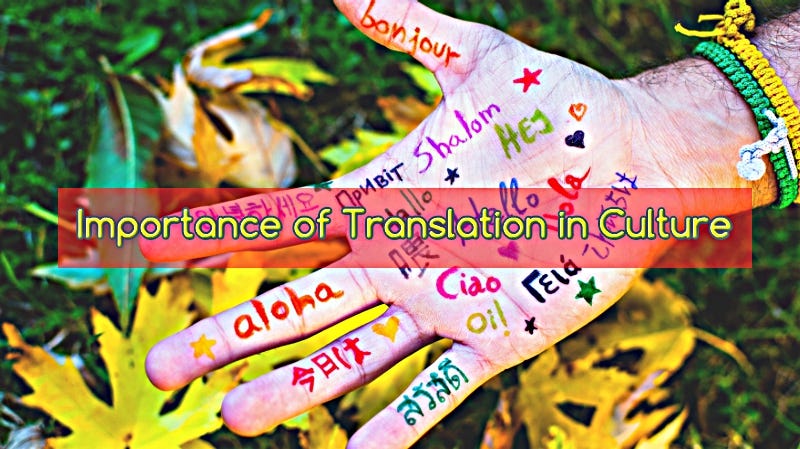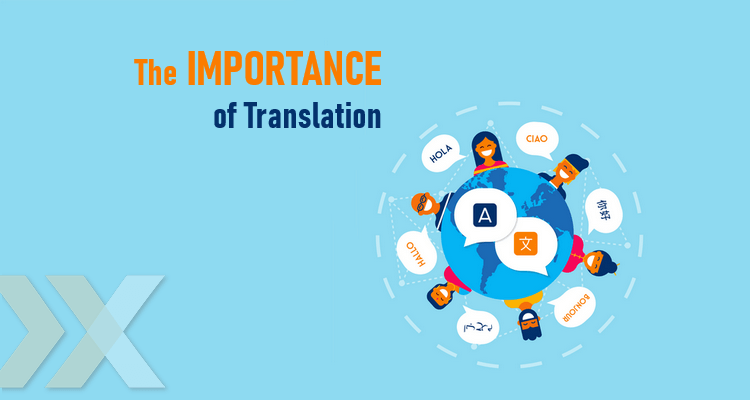In the world of translation, words are the bridge that connect diverse cultures and languages. Beyond simple words, however, we find a range of cultural elements that require careful and detailed translation. These elements are the soul of any language, and understanding them is essential for delivering a truly effective translation.
Languages are not just tools for communication; they carry a society’s history, values, and identity. When translating from one language to another, it’s crucial to capture the essence of cultural elements. These include idioms, metaphors, sayings, and symbols deeply rooted in the culture from which the text originates. It’s a delicate dance between linguistic precision and cultural sensitivity. Cultural norms differ from place to place. What’s polite in one culture may be offensive in another. Cultural translators navigate these differences, ensuring clear communication while respecting the sensitivities of each culture.
Effective translation doesn’t stop at a word-for-word conversion. It requires a complex understanding of the source culture and its context. Translators must be cultural chameleons, navigating the implicit nuances of a language. When translating elements like humour, metaphors, or even popular beliefs, the translator’s role becomes that of an artist, adapting and transmuting cultural elements into a form that the target audience can identify with. And this is what we call “localisation”. This approach goes beyond words and includes visuals, images, and even colours, ensuring the message speaks directly to the target culture.
While adaptation is crucial, it’s equally important to preserve the integrity of the source material. A skilled translator knows when to be prudent, keeping elements that might not have an exact equivalent in the target culture. This balance ensures the essence of the source culture remains intact while making the text accessible to the target audience.

When cultural elements are accurately translated, they work as bridges between diverse worlds. They open doors to understanding, empathy, and connection, and lead to cultural appreciation and global harmony.
In conclusion, the translation of cultural elements is a delicate art, one that goes beyond words. It’s about preserving the heart and soul of a culture while making it accessible to a broader audience. Effective translation is proof of the beauty of diversity and the power of communication. It’s a celebration of our world’s wide variety of cultures, bound together through the universal language of understanding.
Carlos Zamora – Content writer


